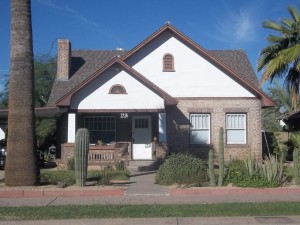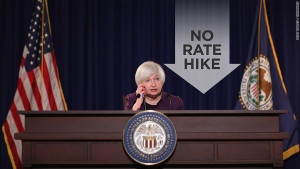CORONADO HISTORIC DISTRICT
Coronado Historic District in Central Phoenix boundaries are roughly Virginia Avenue to Coronado Road, 8th Street to 14th Street. It houses one of the largest city parks being Coronado Park at 12th Street & Palm Lane.
Coronado is walking distance to loads of unique, independently owned restaurants, coffee shops, cafes and shops.
Coronado Historic District Homes For Sale
Fun Facts: The Coronado Historic District covers a bit more than a half square mile. It was designated historic in November, 1986.
Coronado Historic District in Phoenix is another Arizona neighborhood to land on the Best Old House Neighborhoods List for 2010 by This Old House.
Architectural Styles and Square Footage:
1920’s Tudor’s, Craftsman Bungalows and 1940’s Ranch homes with two bedrooms and one bathroom from 700 square feet to about 1,000 square feet are the dominant home sizes in Coronado but it’s certainly not limited to that as you can find a wide variety of homes with 3 bedrooms and 2 bathrooms ranging from around 1,200-1,500 square feet. terrific wide porches and decent lot sizes with mature trees make Coronado homes ideal for entertaining.
If you like Coronado, you’ll want to check out Country Club Park and Brentwood Historic Districts.
From This Old House:
Coronado Historic District, Phoenix
Once Phoenix had ensured its long-term survival by damming up the Salt River in the early 1900’s, developers got down to the business of plotting the future of the growing Southwestern city, and that future was all about suburbs.
By 1920 one of the largest was the Coronado neighborhood, home to a middle-class population of merchants, policemen, and railroad engineers living in modest bungalows and Tudor Revival cottages, many fronted by small lots with towering palm trees.
These days the neighborhood is drawing a young, artsy crowd, who like to hang out on their front porches and wave to neighbors who pass by. The neighborhood was added to the National Register of Historic Places in 1986. Each spring, residents show off their homes—and often their DIY handiwork—during an annual house tour and community festival.
The Houses In Coronado
Small to medium-size Tudor, Craftsman, and Ranch houses, built from about 1920 to 1940, are predominant. Prices start at around $150,000 – $175,000. Houses often include a freestanding garage out back with matching architectural details. During the Great Depression, many residents converted their garage into an apartment, moved in, and rented their home.
Why Buy Now?
The neighborhood’s affordability is outstanding. And while there are still a few dilapidated houses, most are in pretty good shape. Buy a house here and all you’ll need to do is pick out the furniture and add a fresh coat of paint.
Among the best for: Bargains, City Life, Easy Commute, First-Time Home Buyers, Singles.


